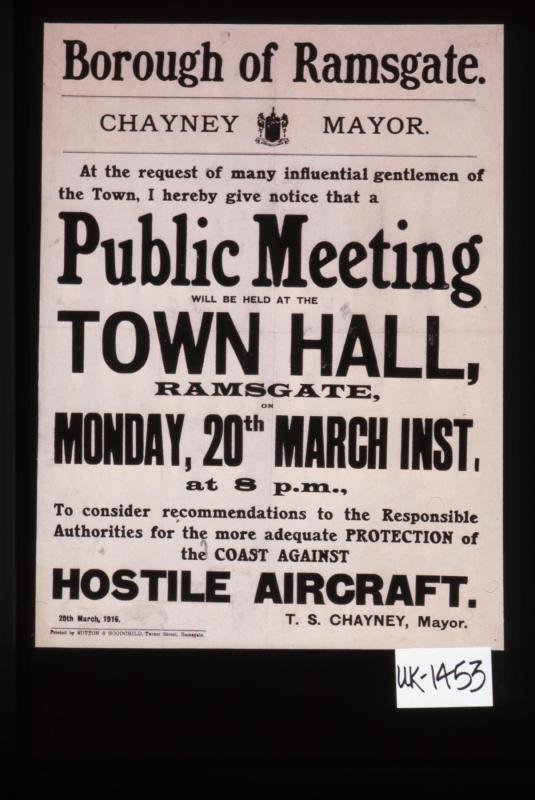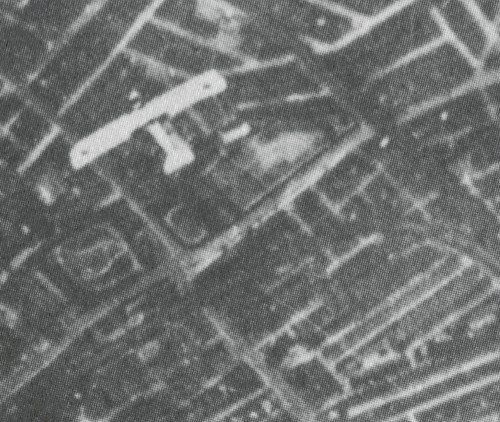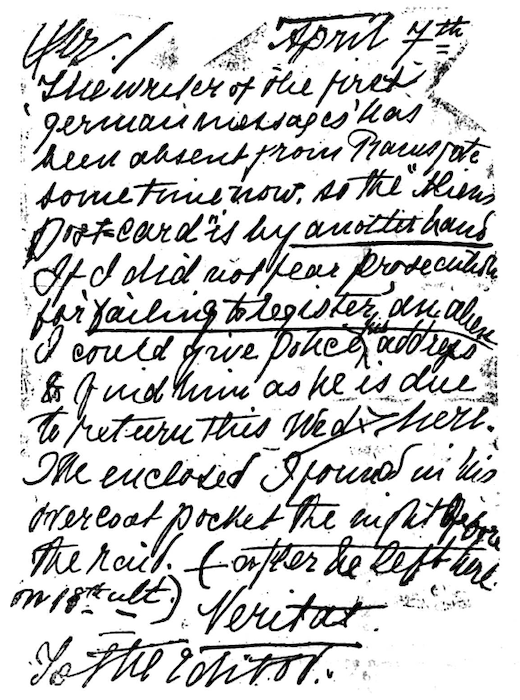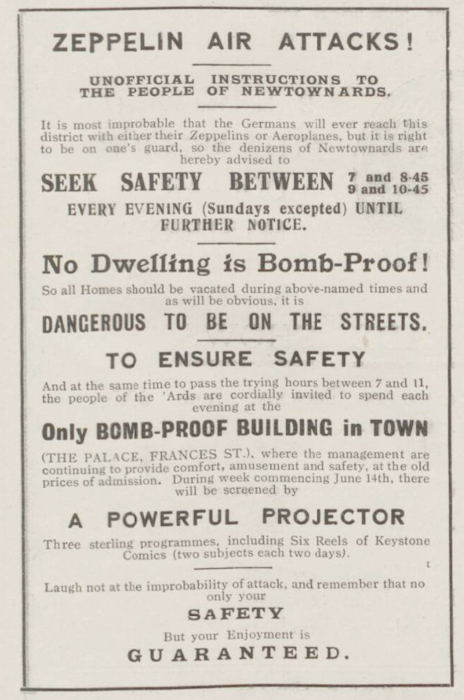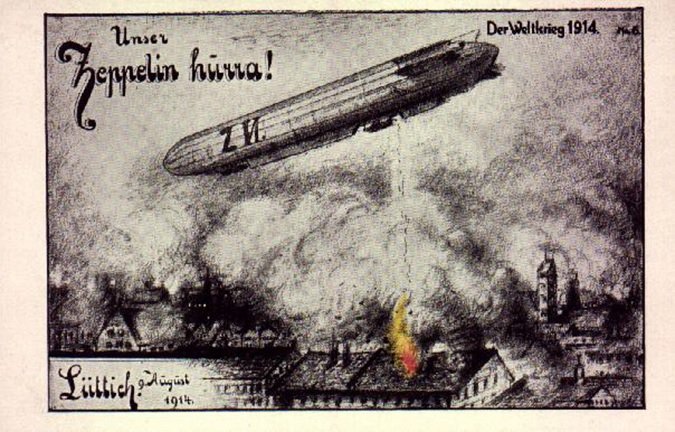First Blitz? – II
In my previous post, I discussed my concerns with the way sources are used in Neil Hanson’s First Blitz.1 Here I turn to the problem of strategy, which goes more to the argument of the book. Again there are two parts to this, one broad and one narrow. I’ll start with the broad. Hanson’s argument […]


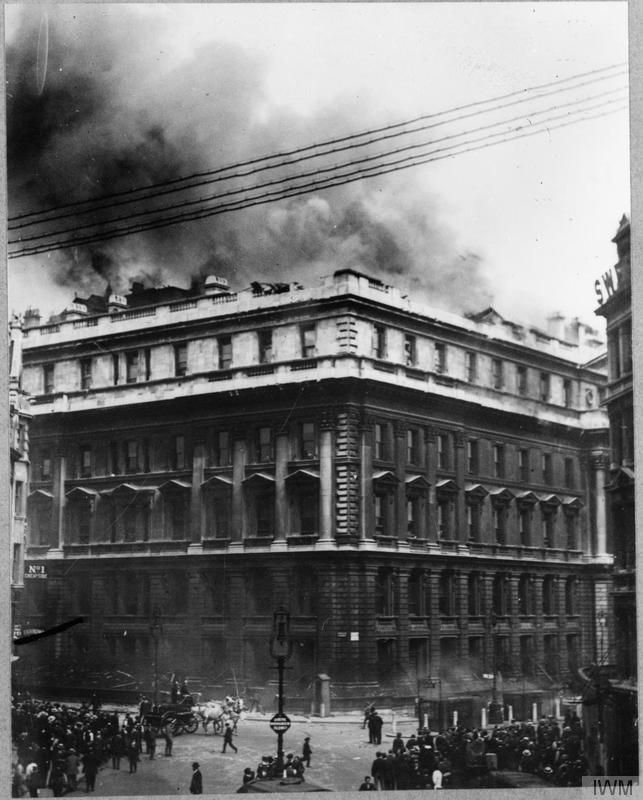

![German propaganda poster with a vibrant and striking image depicting swarms of British aircraft bombing an industrial site to illustrate the following quote, by British Labour Leader Johnston Hicks [sic], which appeared in the 'Daily Telegraph' on January 3rd 1918: 'One must bomb the Rhineland industrial regions with one hundred aircraft day after day, until the treatment has had its effect!’](https://airminded.org/wp-content/uploads/2024/03/artv05099.jpg)
